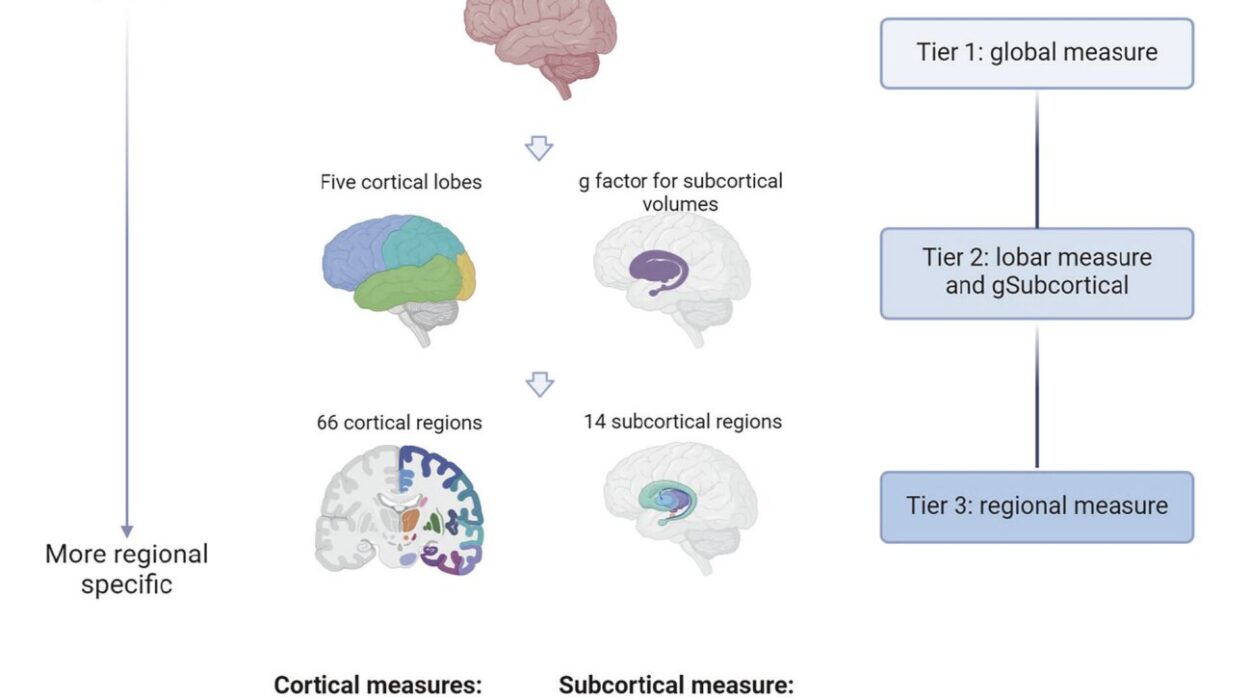The story of influenza has always been one of speed and adaptation. The virus evolves swiftly, constantly outsmarting our immune systems and challenging scientists to stay one step ahead. Now, researchers at the University of Maryland School of Medicine’s Center for Vaccine Development and Global Health (CVD) have unveiled a promising new strategy—one that begins not with a needle in the arm, but with a gentle spray in the nose.
In a groundbreaking early-stage clinical trial, scientists found that an experimental intranasal H5N1 “bird flu” vaccine successfully triggered a broad and powerful immune response. The findings, published in Nature Communications, mark a major leap forward in the quest to build vaccines capable of defending humanity against fast-evolving viruses with pandemic potential.
Dr. Justin Ortiz, the study’s senior author and Professor of Medicine at UMSOM, captured the urgency of this work: “The spread of H5N1 influenza in animals with spillover into human populations globally highlights the critical need for effective countermeasures. This intranasal, shelf-stable vaccine could be a vital tool in pandemic preparedness.”
Why H5N1 Matters More Than Ever
For nearly three decades, the H5N1 avian influenza virus has haunted scientists and public health experts alike. First detected in the 1990s, it has caused repeated outbreaks in birds—and occasionally jumped into humans, often with devastating consequences. Though human cases remain rare, the virus’s mortality rate in people is alarmingly high, sometimes exceeding 50 percent.
What makes H5N1 especially concerning today is its growing reach. Outbreaks among poultry and wild birds are becoming more frequent, and the virus has begun infecting mammals, including seals, cats, and even dairy cows. Each new host increases the risk that H5N1 could mutate into a strain capable of spreading easily between humans.
Against this backdrop, the Maryland team’s work takes on critical significance. Their vaccine doesn’t just aim to prevent illness—it could also help stop the virus from spreading in the first place.
The Power of Mucosal Immunity
Traditional flu vaccines are given as intramuscular injections. They are highly effective at reducing symptoms and preventing severe disease when they closely match the circulating virus strain. However, they have an important limitation: they mainly induce systemic immunity—the kind that protects your bloodstream and organs—but not necessarily your nose and throat, where influenza first enters the body.
This is where mucosal immunization comes in. By delivering a vaccine directly into the nose, scientists hope to awaken the immune system’s first line of defense. The nasal cavity is lined with mucosal tissues rich in specialized immune cells capable of generating IgA antibodies—molecules designed to block infection right at the entry point.
If the body can stop the virus in the nasal passages, it can prevent illness before it even begins—and crucially, reduce transmission to others.
Dr. Meagan E. Deming, co-lead author of the study, explains, “The vaccine helped the immune system recognize multiple versions of the H5N1 virus. That’s essential, because influenza viruses evolve constantly, and we need immunity that’s flexible enough to adapt.”
Inside the Clinical Trial
The trial, conducted at the CVD, enrolled 40 healthy adult volunteers. Participants were randomly assigned to receive varying doses of an experimental H5 vaccine delivered intranasally, either alone or combined with BlueWillow Biologics’ NanoVax W805EC adjuvant—a compound designed to enhance immune responses.
A control group received either a placebo or a high-dose vaccine without the adjuvant. Six months later, all participants were given a standard intramuscular H5 flu booster to assess how well their immune systems had been “primed.”
The results were striking. Those who had received the NanoVax H5 intranasal vaccine demonstrated a robust priming effect—their immune systems had been effectively trained to recognize and respond to H5 antigens. When these volunteers later received the booster shot, their immune responses surged dramatically compared to others.
Even without the booster, the nasal vaccine alone produced both mucosal and systemic immune responses—a rare accomplishment. Most previous intranasal influenza vaccines have struggled to achieve strong protection beyond the local tissues.
A Symphony of Immune Defenses
What makes the NanoVax approach so promising is the breadth of the immune response it generates. The vaccinated participants developed higher levels of both IgG and IgA antibodies, a critical combination that fortifies defenses in the bloodstream and the mucosal surfaces.
Beyond antibody production, researchers also observed a rise in memory immune cells—the body’s long-term sentinels that remember the virus and stand ready to attack if it returns. Furthermore, the vaccine appeared to enhance antibody-dependent cell cytotoxicity (ADCC), a process where immune cells recognize and destroy infected targets.
Dr. Franklin R. Toapanta, another co-lead author, summarized this multifaceted effect: “The intranasal vaccine’s ability to elicit mucosal and cellular immune responses, coupled with strong antibody-dependent cell cytotoxicity, underscores its promise as part of next-generation influenza prevention strategies.”
The Role of the Adjuvant: Making More from Less
Adjuvants are substances added to vaccines to boost the body’s immune response. In this case, the NanoVax W805EC adjuvant appears to play a crucial role in enhancing both the intensity and the scope of immunity.
According to Dr. Deming, this enhancement could have major public health implications. “If we can achieve stronger immune responses using smaller doses of vaccine, we can stretch supplies much further,” she said. “That could make a life-saving difference in the early days of a pandemic.”
A dose-sparing effect like this could allow vaccine manufacturers to protect far more people using existing stockpiles, especially when time and resources are limited.
A Step Toward Pandemic Preparedness
The importance of this research extends beyond bird flu. The COVID-19 pandemic underscored the global need for vaccines that are easy to administer, store, and distribute—especially in resource-limited regions.
The Maryland team’s H5N1 vaccine checks all those boxes. It is shelf-stable, meaning it can be stored at room temperature for longer periods, and it doesn’t require syringes or trained medical personnel for administration. A simple nasal spray could be deployed rapidly across populations, helping to contain outbreaks before they escalate.
Dr. Mark T. Gladwin, Dean of the University of Maryland School of Medicine, emphasized how this innovation fits into the broader mission of public health: “This research aligns with global priorities to develop vaccines that reduce transmission and provide broader protection against emerging influenza strains. It also highlights the importance of studying mucosal immunity as a key part of future vaccine design.”
A New Frontier for Vaccine Science
For decades, scientists have dreamed of vaccines that not only prevent disease but stop infection altogether. Intranasal vaccines represent a frontier where that dream might become reality. By engaging the immune system at its first point of contact, they could drastically reduce viral spread in communities—offering protection not just to individuals but to entire populations.
This early trial from the University of Maryland is only a beginning, but its implications reach far beyond H5N1. If similar mucosal strategies prove effective against other respiratory pathogens—such as influenza, RSV, or even coronaviruses—they could redefine how humanity defends itself against airborne disease.
The Road Ahead
The next steps for the NanoVax H5 vaccine will involve larger, more diverse clinical trials to confirm safety, optimize dosing, and evaluate real-world effectiveness. Researchers are also exploring how long immunity lasts and whether the vaccine can be combined with other formulations to create broader, multi-strain protection.
While much work remains, the early data radiates optimism. For a virus as unpredictable as H5N1, even incremental progress can make a world of difference.
Breathing Toward a Safer Future
The story of the NanoVax H5 intranasal vaccine is, in essence, a story of imagination meeting necessity. It represents how science evolves in response to nature’s challenges—how human creativity and compassion combine to protect life.
In the quiet moments of the laboratory, amid the hum of equipment and the meticulous observation of data, a simple idea is taking shape: that perhaps the most powerful defense against a virus is as effortless as taking a breath.
If the promise of this vaccine holds true, the next great leap in global health may not come from a needle, but from the air we inhale—a gentle spray that could one day save millions of lives.
More information: An Intranasal Adjuvanted, Recombinant Influenza A/H5 Vaccine Primes Against Diverse H5N1 Clades: A Phase I Trial, Nature Communications (2025). DOI: 10.1038/s41467-025-64686-3






